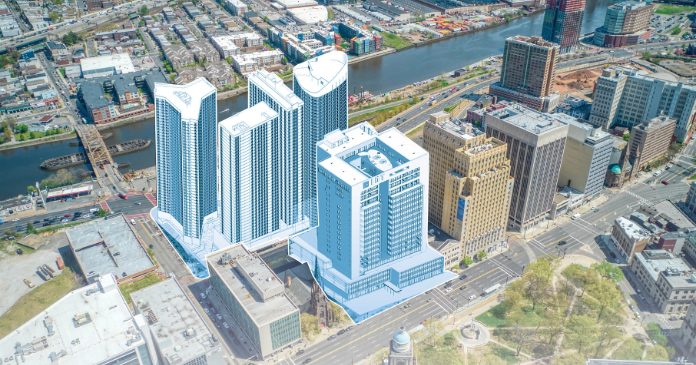Yardi Matrix recently released its 2024 U.S. Multifamily Outlook report. The report looks at the recent multifamily market conditions and projects how they will develop in the year ahead.
A surprisingly strong economy
Despite many forecasters predicting the that the economy would slip into recession in response to the Fed rapidly increasing interest rates, growth has remained strong. However, along with the inflation rate coming down, there are now signs that the job market is loosening, indicating that the economy may be slowing. Still, personal consumption has held up and household balance sheets are healthy. While the excess saving accumulated during the pandemic are being consumed and debt is rising, debt to income and debt to net worth ratios are in good shape.
Apartment operations under stress
The report notes that there are a multi-decade high number of multifamily units under construction now which will lead to high levels of new supply. It projects that 510,000 units will be delivered in 2024, 450,000 units will be delivered in 2025 and 375,000 units will be delivered in 2026.
While absorption was as high as 600,000 units in 2021, the 200,000 units absorbed in 2023 and the 300,000 units absorbed in 2023 are more typical. If these more typical rates of absorption are seen in 2024 and 2025, it will put pressure on occupancy. This will likely lead to an increase in concessions offered to renters and to an increase in the time required to lease up new properties.
Supporting the multifamily rental business is the rise in the prices of for-sale housing and the high interest rates that have driven up house payments, locking many renters out of homeownership. The report notes that these factors have caused homeownership to currently be 50 percent more expensive than renting despite the pandemic-era surge in rents. However, there is a limit to renters’ ability to afford higher rents. Currently, apartment affordability is worsening with the average rent to income ratio at 29.8 percent in late 2023.
Taking these factors into account, the report projects that the national average multifamily rent growth will be only 1.5 percent in 2023. With limited ability to raise rents, controlling expenses will be especially important to multifamily operators in the near term.
Making the deal, or not
Yardi Matrix believes that interest rate cuts won’t come until inflation is seen to drop steadily. However, the interest rate trend in 2024 will be for rates to decline.
Not only are interest rates currently high, but loan terms are also more restrictive than in the recent past. This has caused a shift in the sources of funds used, with private equity lenders replacing banks as suppliers of construction loans as one example.
The current high interest rate environment has impacted multifamily property sales. Deal flow is down dramatically since the peak year of 2021. Yardi Matrix expects that multifamily market deal flow will continue to be weak until interest rates begin to decline.
While the low deal flow makes establishing property valuations difficult, Yardi Matrix believes that, based on the rise in cap rates, prices may be 20 to 30 percent lower than their recent highs.
As financing terms become more restrictive, maturity defaults are expected to become a problem over the next two years. Recently acquired properties with short-term loans are most at risk of being unable to obtain new financing under the terms being offered.
The full Yardi Matrix report also covers other aspects of the multifamily market. It is available here.













